“Let’s dance like we’ve got money.”
The siren is wailing, friends.
As of this writing, New York City miserably wallows in its third month of quarantine. The fine people of Gotham are oversaturated with a collective dark night of the soul, spending much of this unfamiliar, eerily-quiet solitude sitting around, navel-gazing, the days melting away as millions grapple with their individual days of reckoning. Times of uncertainty are perfect for an indulgence in nostalgia. Remember those GOOD times? Or, at the very least, remember those good times the music journalists wrote of during one of the (many) heydays of New York’s past? Let’s pick one, let’s indulge. Let’s pretend it’s the 80s. In this fantasy, the Mudd Club’s still kickin’ at 77 White Street, chock full of dilettantes and misfits who haven’t yet been taken to Kingdom Come by another dreadful pandemic. Let’s regress. Repeat after me in Thatcher-ese: Greed is good, Avoid the Noid, I want my MTV.
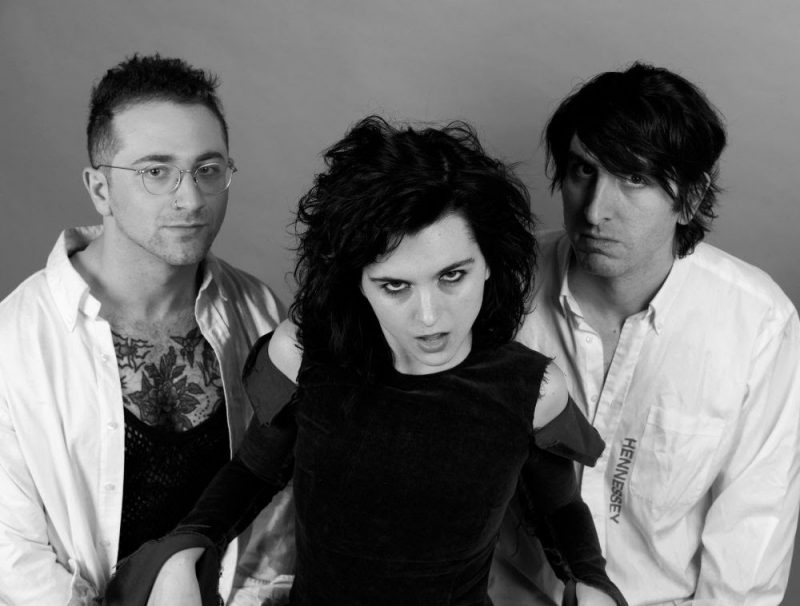
Hennessey, comprised of multidisciplinary artists Leah Hennessey, E.J. O’Hara, and Noah Chevan (with Malachy O’Neill in recording sessions) has set out on a mission to create vintage-pop obsessed electronic dance punk with their magnificent Let’s Pretend (It’s The 80s). The track “shines like a rebirth, rather than a rehash.” If we close our eyes, the fading New York we mourn lives once again. Leah screams the mantra “Let’s love like we love money” in the chorus, then name drops downtown luminaries Lizzy Mercier Descloux and Maripol. The song is a provocatively chilling bop for today’s political climate. Through pretending and cosplay, we can temporarily ignore the horrors unraveling in our own time, just like the squash-playing yuppies of old.
Leah Hennessey, who literally grew up in the shadow of the specific mythology she simultaneously adores and parodies, brings the absurdist perspective with gusto. Hennessey, a playwright, and creator of underground web series Zhe Zhe (utilizing many of her collaborators for the video), has gained a reputation of deconstructing the bohemian New York artist circles of her parents, as well as mocking the self-obsession of Millennial culture. Hennessey and her crew are proving themselves expert satirists: wickedly funny, yet wildly compassionate.
Hennessey is refreshingly, unabashedly intellectual, with that same zeal for cultural regurgitation that their artistic idols employed. They certainly learned from the best. Synthesizer/drum machine “operator” and Eno-like “non-musician” E.J. O’Hara has been collaborating with Leah “almost since high school.” The band’s video, directed by O’Hara and produced by Jesse Malin and Diane Gentile, cheekily references the cinematic iconography of the decade – Lung Leg’s performance in Richard Kern’s Submit To Me Now (with stop-motion plastic newts); the “Kafkaesque nightmare” in Scorcese’s After Hours. Hennessey’s musical playground is more Criterion Collection than K-Tel Compilation.
“The Nineteen Eighties” is a subject that seems overwhelming its breadth,” says O’Hara. “It was a time of great change in arts and world events and a time close enough to my life for me to understand its effect in a way that seems real. When confronted with making a music video, I found myself wondering, How to show it? Whether to celebrate it? How specific to get?”
“The 80s we’re referencing is a very specific fantasy of a particular memory of New York,” Leah Hennessey adds. Her video performance flips between Patrick Nagel ice queen and “famous below 14th” dilettante, to grotesque pantomime. “We’re not interested in big hair and aerobics and Memphis design, we were after something subtler and more alluringly sinister. We were very deliberate in our references, because the video is meant to be a kind of “cosplay.” Hennessey admits, with a bit of sheepishness, that her criticism of nostalgia comes from a personal addiction to it. “In a way we’re as guilty as any blogger who posts Painfully Cool Pictures of Some Beautiful Drug Addicts with Pop Stars Before They Were Famous in a Loft in 1981, to Inspire Your Art Basel Wardrobe!” she jokes. “…Although I do still believe in the power of irony.”
“You must satirize the things you really love,” says O’Hara. “I have this deep jealousy of the Pictures Generation Artists because they could just steal an image from an advertisement or remove a background from a photograph and it was cool and new and subversive. I don’t usually trust my instincts or work improvisationally, but for this video I did in a way… I instinctively and improvisationally chose things from the 80s that I liked…and then painstakingly and laboriously ripped them off.” His targets ended up being Cindy Sherman, Sarah Charlesworth, Richard Prince, Gia, Jack Goldstein, and Peter Gabriel.
Leah Hennessey reminisces about the inspiration for penning the song:
“One weekend in particular, after participating in a performance art happening at MoMA, my friends and I ended up at a diner which had a section on the menu called “A Taste of the 80s”, complete with Health Salads with Jell-o and cottage cheese. At some point we found ourselves being drawn, as though in a trance, down to the Pyramid Club. I had often felt part of my social world was a kind of historical reenactment of downtown New York in the 80s, and while I sometimes judged my peers for their cab-based Chinatown nightlife lifestyle, I realized that weekend that this simulacrum of an underground was in fact, my culture…and that I loved it.”
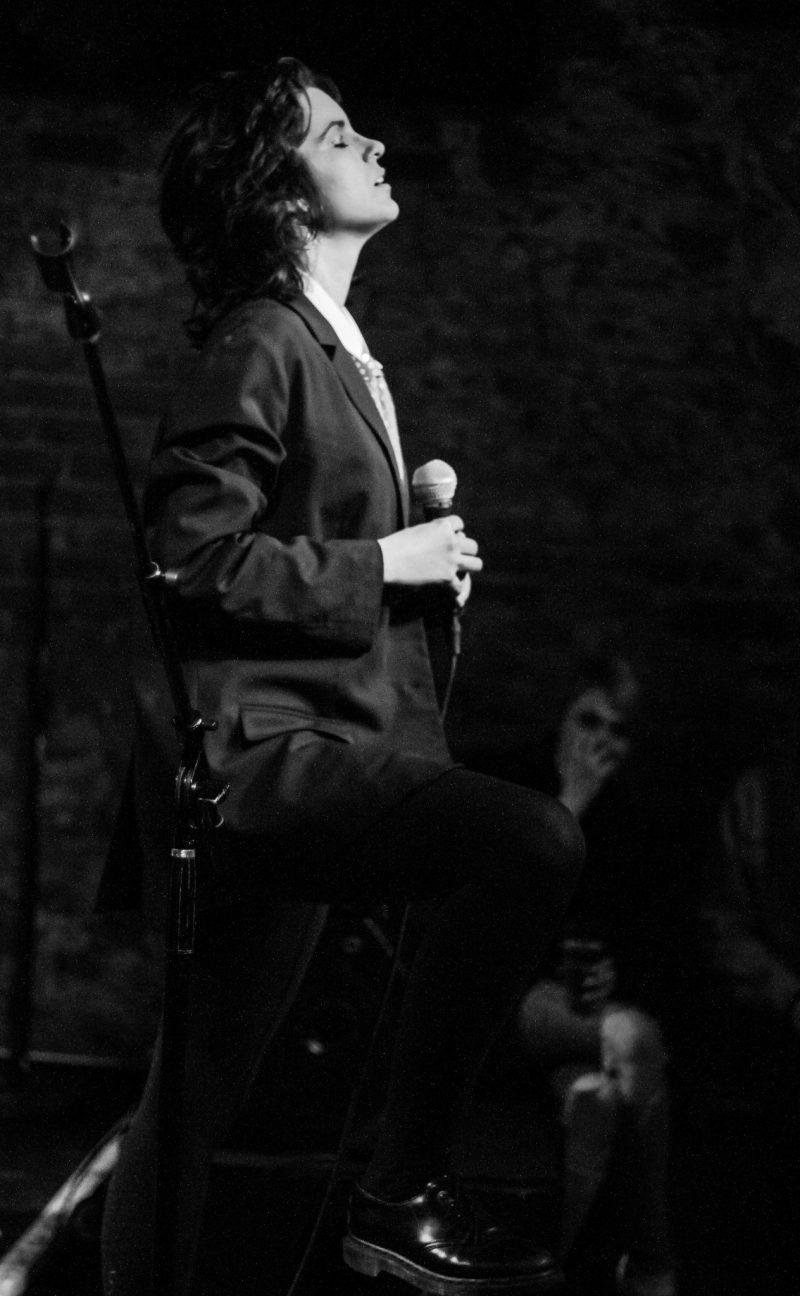
Hennessey has been performing Let’s Pretend (It’s The 80s) live in downtown clubs for over a year now. Has the Covid pandemic’s societal shift has given the number a heavier new meaning?
“More than ever I find myself relying on fantasy to give meaning and structure to my days, so in that way I think it’s more relatable,” she says. “I also think there are much darker implications of the song that are clearer to me now. I grew up very much in the shadow of the AIDS crisis. My mother’s world was one which continued to be decimated by the pandemic into the 90s, and I have very strong memories of the memorial services and art of that moment. The way she talked about the normalization of death in that time always stuck with me…the deaths from our current pandemic have more of that hyper-normalized quality.”
Hennessey states that one way to cope with the loss and rage at the American government’s “heartless ineptitude” is to put it into historical context.
“If comparing this suffering to the suffering of the 80s, or if comparing the corporate greed of today to the greed of the 80s makes the suffering a little more glamorous or more manageable, then absolutely…let’s pretend.”
Everything’s dark in SoHo now, after all, so we might as well enjoy the video.



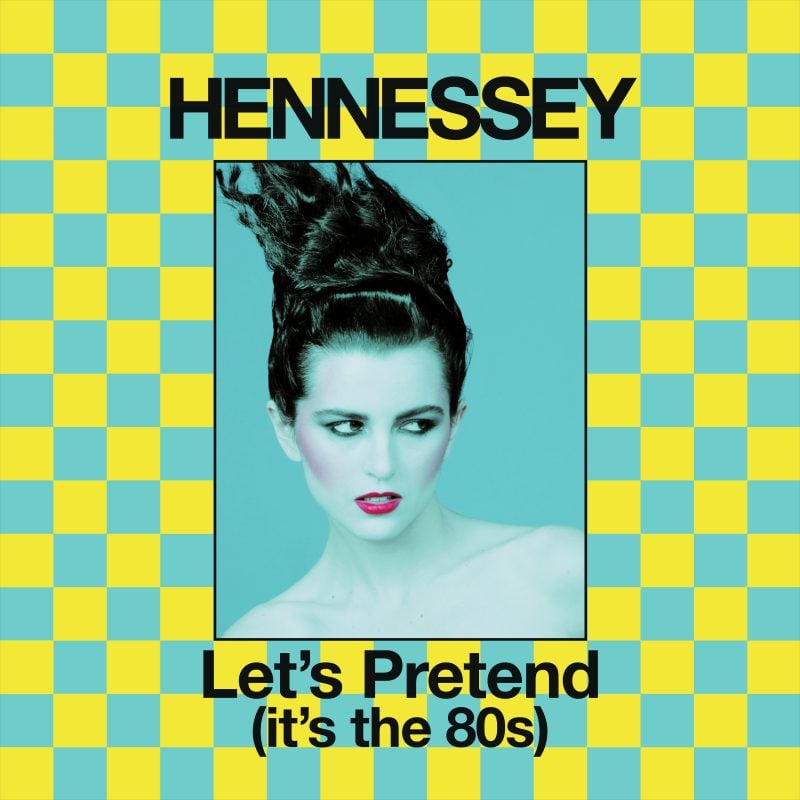
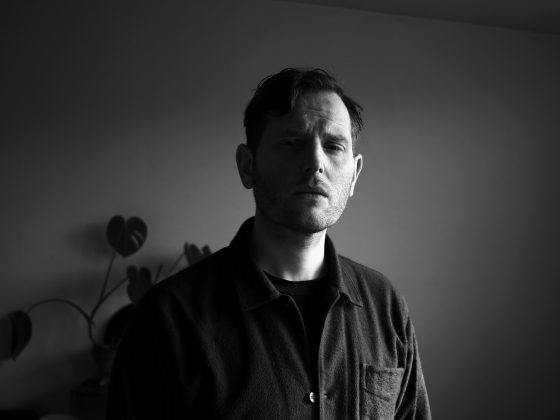
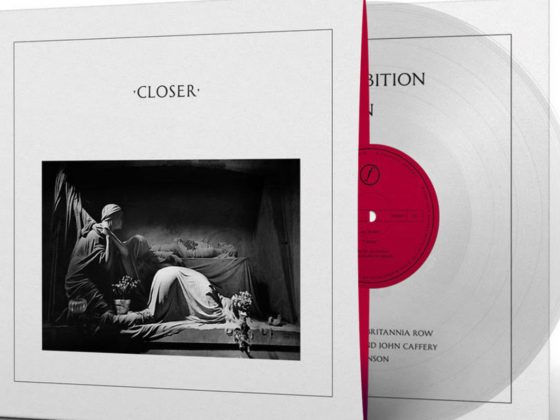
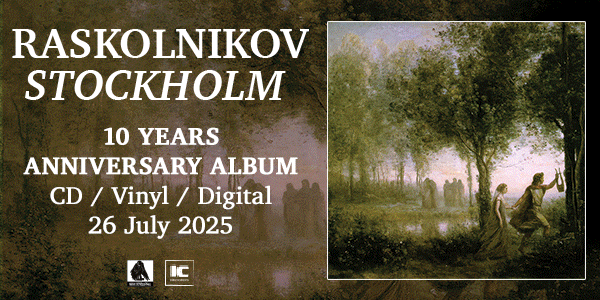



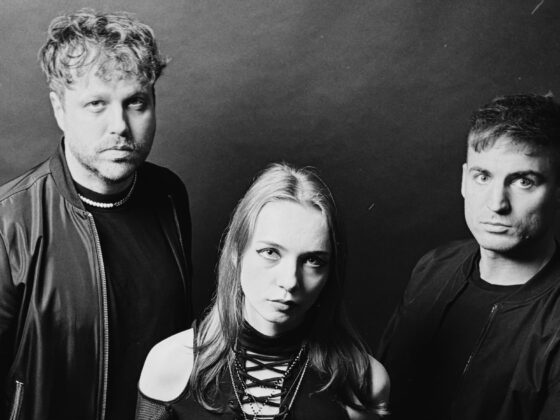



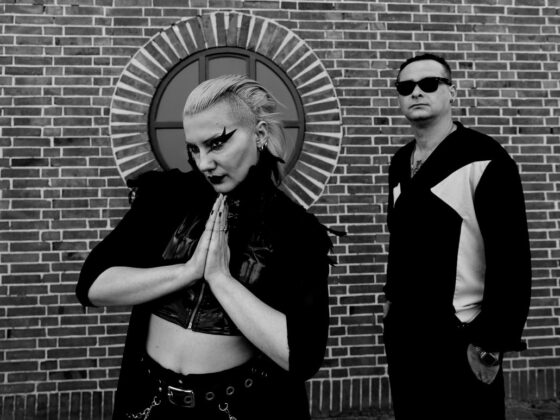

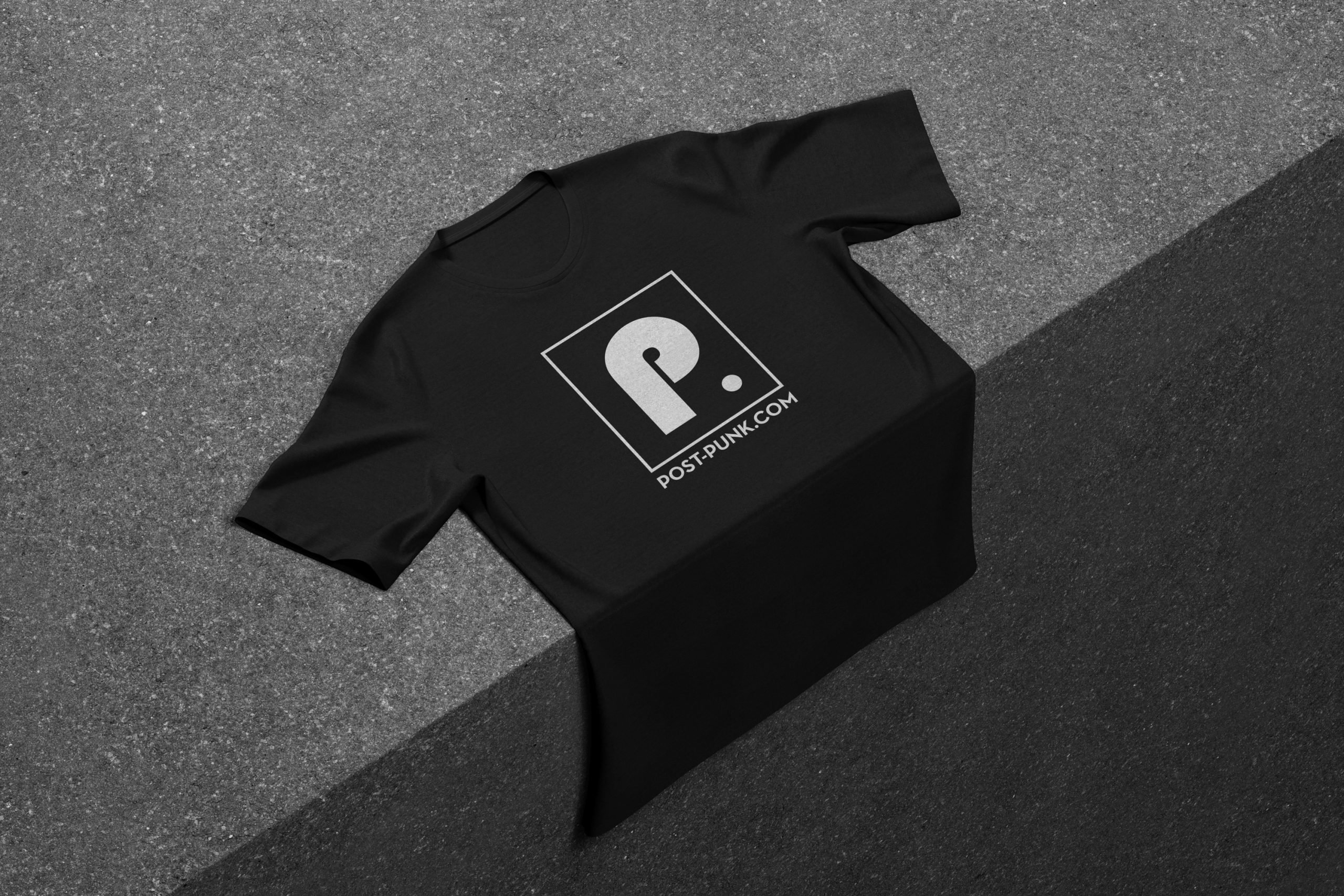 Or via:
Or via: